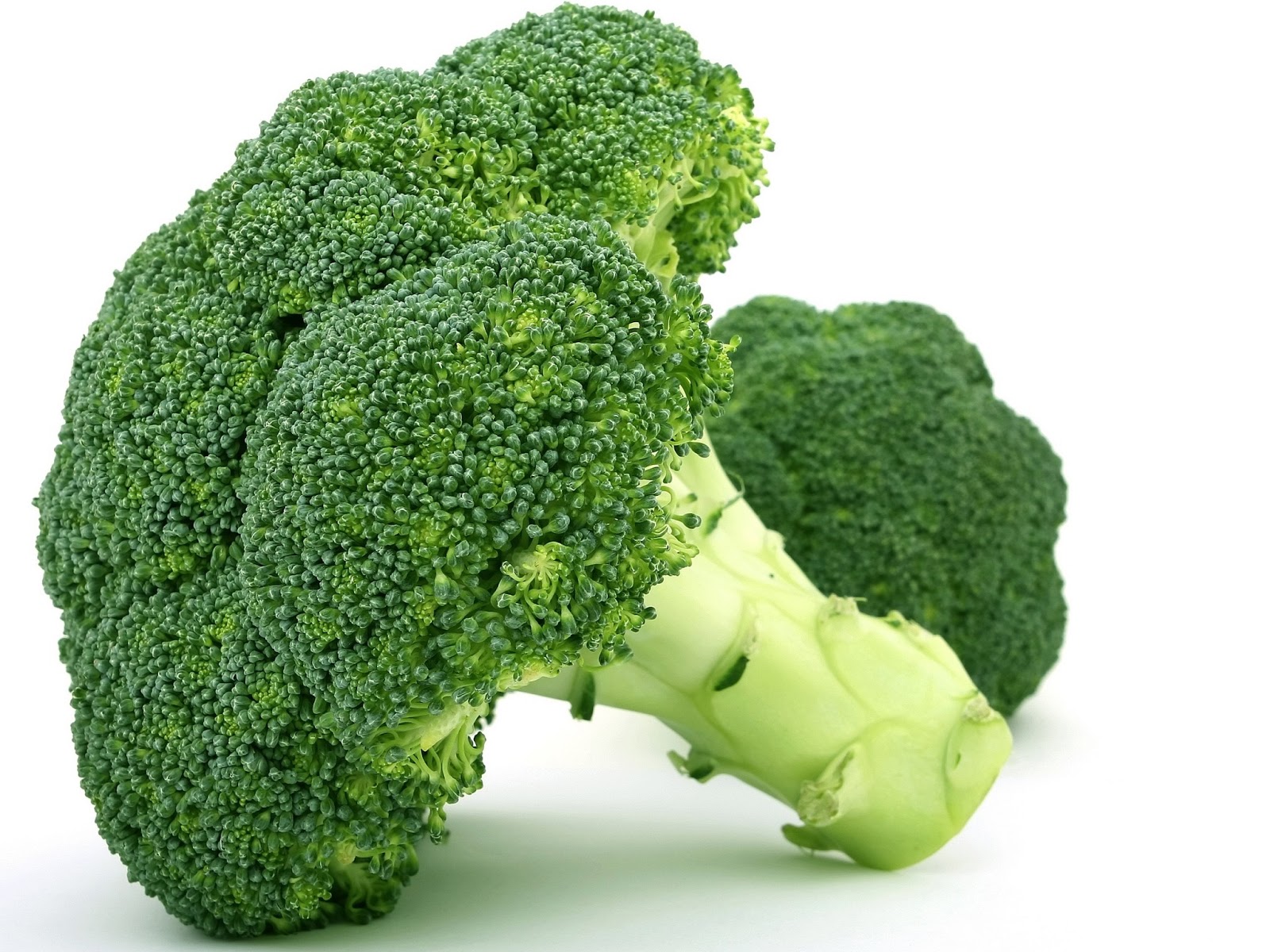Cruciferous vegetables and oestrogen metabolism.
There are numerous benefits of relation to health that have been attributed to the consumption of cruciferous vegetables, such benefits include but are not limited to; fat loss, depression and pain relief, reduced risk of Malcular degeneration and cardiovascular health. Such benefits are well known and often referenced by professionals within the health and fitness industry, what isn’t often referenced however is the correlation between cruciferous vegetables and the regulation of oestrogen. Given the profound influence oestrogen can have on ones composition and psychological well-being, I believe it is a benefit that has been not only overlooked, but underrated. Oestrogen is a hormone present in both men and women. Helping the body ascertain a point of hormonal equilibrium and regulate oestrgoen can improve composition, reduce inflammation, promote cognitive function and can help reduce anxiety and stress.
How is oestrogen metabolized?
Oestrogen is metabolized by the liver and is excreted via urine and feces. Despite the limited means by which it can be secreted, there are numerous pathways with which oestrogen can be metabolized, some more viable than others. The pathway known as C2 is one of the more viable in my opinion given the few issues of relation to health associated with such a pathway.
Diindolylmethane (DIM) is the dietary connection to a better metabolism. DIM, a natural phytonutrient (plant nutrient) found in cruciferous vegetables such as broccoli, cauliflower, brussel sprouts and bok choi improves the breakdown and synthesis of substances in the body by adjusting the balance of testosterone and estrogen. DIM helps the excretion of oestrogen via the C-2 Pathway. DIM works by actively modulating the enzymes that aid in oestrogen metabolization. Such activity leads to enhancing the ratio of 2-Hydroxy oestrogen metabolites, metabolites responsible for regulating oestrogen. The DIM found in cruciferous vegetables works by activating the oestrogen metabolism within one’s body in a more effective way by breaking it down into the said 2-Hydroxy oestrogen or “good” metabolites. The means by which this activity occurs translates to the fact that DIM can favorably shift hormone markers which in turn can have a positive effect on weight loss, mood swings and low thyroid symptoms.
CRUCIFEROUS VEGETABLES: Lets Break it down!
Vegetables such as broccoli, cauliflower, cabbage, kale and Brussel sprouts have all been identified as medicinal food sources and are rich in Phytonutrients or Indole-3-Carbinol which has profitable and viable attributes for metabolizing oestrogen. The IC3 is converted into DIM when activated with stomach acid furthermore promoting a healthy pathway of metabolizing oestrogen. In addition to the above mentioned, sulphur compounds, also found within cruciferous vegetables have been proven to improve liver function. Poor liver function is often associated with swelling and abdominal pain, discolored urine and discoloration of the eyes.
The facts:
– Cruciferous vegetables can help metabolize oestrogen in the body
– They are rich in soluble dietary fibre including hemicellulose and pectin which have been shown to stabilize blood glucose levels.
– They have been shown to have protective benefits against some cancers
– They support liver function
– They are powerful anti-inflammatory agents
The science:
In a study conducted by The Institute for Hormone Research Indole-3-Carbinols from crucifers were given in a supplement form to people and urine samples were taken.
Results showed that increased concentrations of oestrogen metabolites were eliminated from the body including levels of estradiol, estrone and 16 alpha-hydroxyestrone. As these oestrogen byproducts have negative effects on the body the study supported the hypothesis that the consumption of leafy green vegetables may reduce oestrogen dominance.
The take home:
- Eating several servings of cruciferous vegetables per day either raw or lightly steamed will ensure all nutrients are preserved and sufficiently ingested.
- If you do not consistently eat these specific cabbage family vegetables daily, it is worth considering supplementing with DIM to improve the efficiency with which oestrogen is metabolized.

